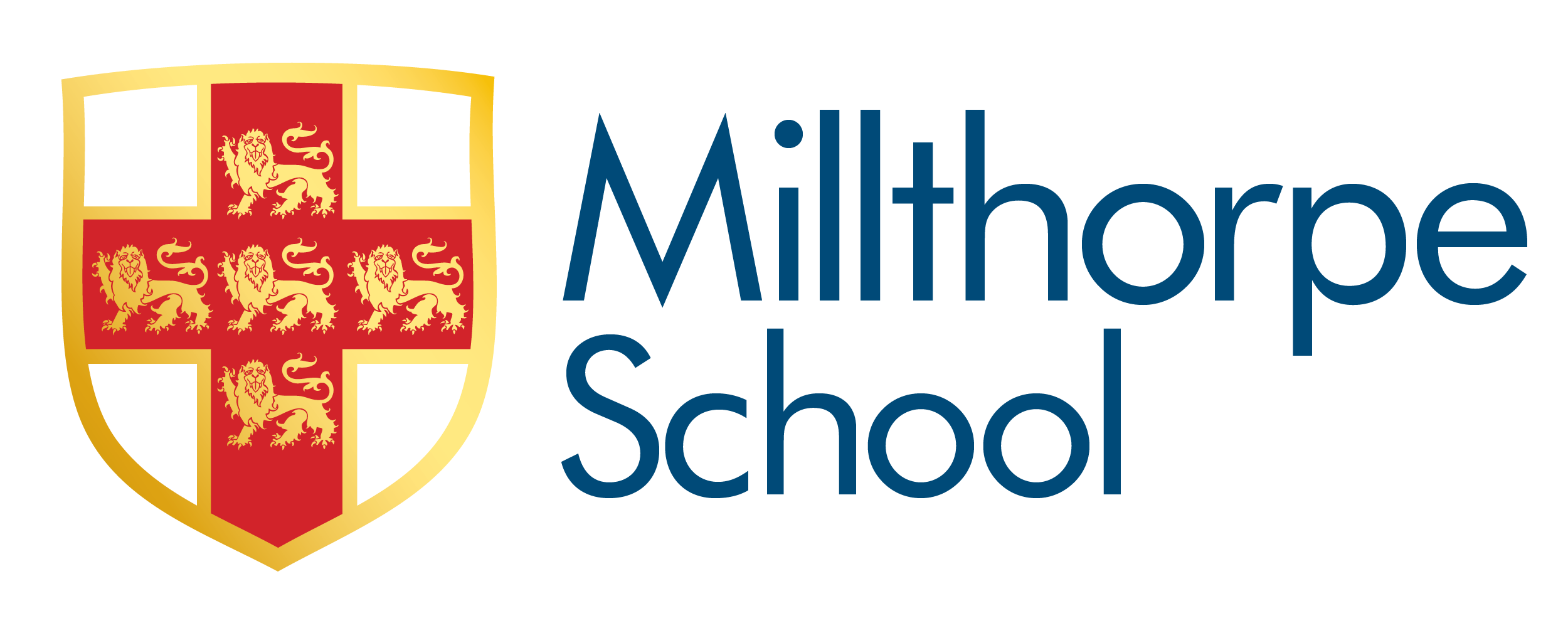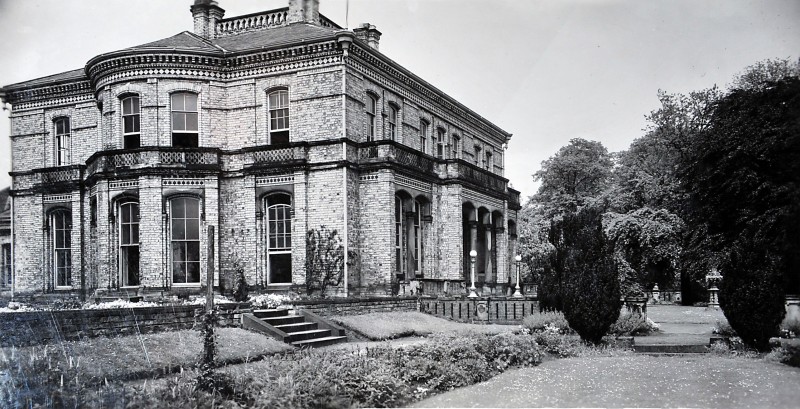- Home
- Families
- Students
- Alumni
- Careers Programme
- Information for parents
- Information for employers
- Apprenticeships
- Careers newsletters
- Careers in the curriculum
- Careers opportunities
- Careers resources
- Destinations data
- Employment and apprenticeship opportunities
- Job of the Week
- Post-16 Education
- Labour Market Information
- York Independent State School Partnership (ISSP)
- Options
- Useful links
- Moving to Millthorpe from Year 6
- Clubs and activities
- Counselling
- Examinations
- Instrumental lessons
- LGBT
- Pastoral support
- Remote learning
- Revision
- Safeguarding
- Student Leadership
- Wellbeing
- Curriculum
- News
- Contact us



 What is now the main administrative building for the school used to be called “Nunthorpe Court”, a magnificent Victorian mansion built in 1856. Colonel Richard Frederick Meysey-Thompson (1847-1926), described by The Yorkshire Herald in 1920 as a “genial, great-hearted Yorkshireman”, lived here with his wife Charlotte for over 30 years.
What is now the main administrative building for the school used to be called “Nunthorpe Court”, a magnificent Victorian mansion built in 1856. Colonel Richard Frederick Meysey-Thompson (1847-1926), described by The Yorkshire Herald in 1920 as a “genial, great-hearted Yorkshireman”, lived here with his wife Charlotte for over 30 years. An Old Etonian, Colonel Meysey-Thompson commanded the 4th Battalion West Yorkshire Regiment in campaigns on Africa’s Gold Coast, at one point with Robert Baden-Powell, founder of the scouting movement. Colonel Meysey-Thompson was a baronet. He won a Royal Humane Society medal for bravery for his attempts to save his companions in an Ainsty Hunt ferry boat tragedy.
An Old Etonian, Colonel Meysey-Thompson commanded the 4th Battalion West Yorkshire Regiment in campaigns on Africa’s Gold Coast, at one point with Robert Baden-Powell, founder of the scouting movement. Colonel Meysey-Thompson was a baronet. He won a Royal Humane Society medal for bravery for his attempts to save his companions in an Ainsty Hunt ferry boat tragedy.
